The Best Hydrangea Of :
Hydrangeas are some of the most popular flowering shrubs in the world, and for good reason. They come in a wide variety of colors, shapes, and sizes, and they can add a touch of elegance and beauty to any garden.
If you're thinking about adding hydrangeas to your own garden, there are a few things you need to know. First, you need to choose the right type of hydrangea for your climate. Some hydrangeas, such as bigleaf hydrangeas (Hydrangea macrophylla), prefer acidic soil, while others, such as panicle hydrangeas (Hydrangea paniculata), can tolerate a wider range of soil pH levels.
Once you've chosen the right type of hydrangea, you need to find a spot in your garden that gets the right amount of sunlight. Most hydrangeas prefer partial shade, but some, such as smooth hydrangeas (Hydrangea arborescens), can tolerate full sun.
Hydrangeas are relatively easy to care for. They need regular watering, especially during the summer months. You should also fertilize them in the spring and fall.
With a little care, hydrangeas can provide years of beauty to your garden. Here are some of the best hydrangeas to choose from:
Bigleaf hydrangeas are the most popular type of hydrangea. They have large, showy blooms that can be blue, pink, or white. Bigleaf hydrangeas prefer acidic soil, so if you have alkaline soil, you may need to add sulfur to the soil to lower the pH.
Panicle hydrangeas are another popular type of hydrangea. They have tall, upright stems that are topped with large, cone-shaped blooms. Panicle hydrangeas can tolerate a wider range of soil pH levels than bigleaf hydrangeas, and they can also grow in full sun.
Smooth hydrangeas are a low-maintenance type of hydrangea. They have small, white flowers that are arranged in flat clusters. Smooth hydrangeas are tolerant of a wide range of soil conditions and can grow in full sun or partial shade.
Oakleaf hydrangeas are a unique type of hydrangea with large, lobed leaves that resemble oak leaves. Their flowers are white or pink and are arranged in flat clusters. Oakleaf hydrangeas prefer partial shade and moist soil.
Mophead hydrangeas are a type of bigleaf hydrangea with large, round blooms that resemble mopheads. Mophead hydrangeas are known for their vibrant colors, which can range from blue to pink to purple. They prefer acidic soil and partial shade.
Lacecap hydrangeas are another type of bigleaf hydrangea. They have large, showy blooms with a central cluster of fertile flowers surrounded by a ring of sterile flowers. Lacecap hydrangeas can be blue, pink, or white. They prefer acidic soil and partial shade.
These are just a few of the many types of hydrangeas available. With so many choices, you're sure to find the perfect hydrangeas for your garden.
Hydrangeas are beautiful flowers that come in a variety of colors, shapes, and sizes. They are a popular choice for gardens and landscaping, and they can also be grown indoors as houseplants. If you are looking for the best hydrangea for your needs, I suggest visiting . This website has a wide selection of hydrangeas to choose from, and they also offer helpful information on how to plant, grow, and care for these flowers.
Here are some of the best hydrangeas that you can find on :
- Endless Summer Hydrangea: This hydrangea is known for its long blooming period, which can last from early summer to late fall. It is also relatively easy to care for, making it a good choice for beginner gardeners.
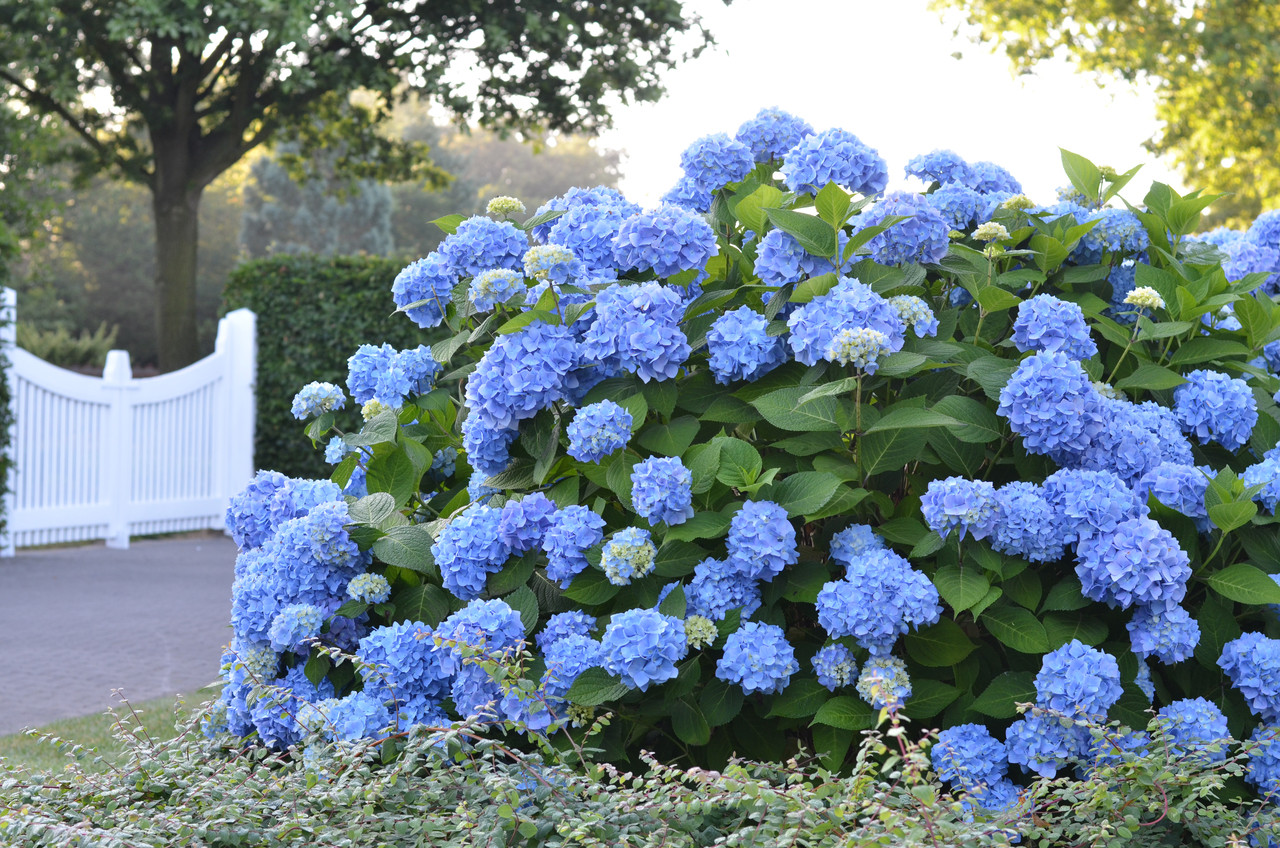
- Limelight Hydrangea: This hydrangea is known for its large, lime green flowers. It is a relatively new variety, but it has quickly become a popular choice for gardeners.
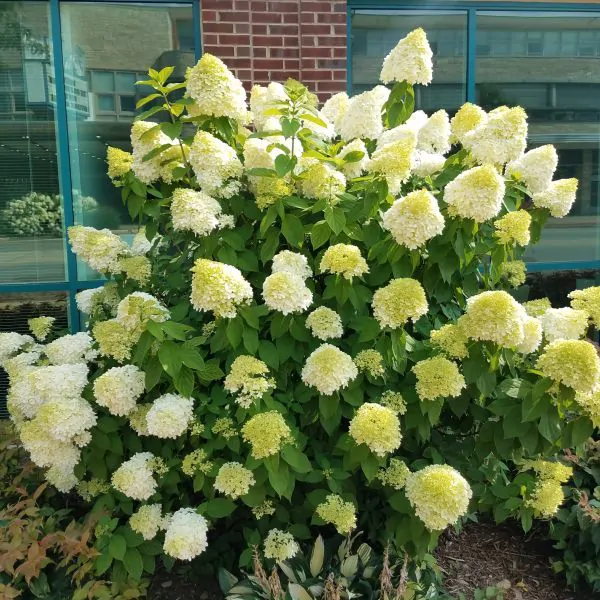
- Mophead Hydrangea: This hydrangea is known for its large, round flower heads. It is a classic variety that is perfect for adding a touch of elegance to any garden.
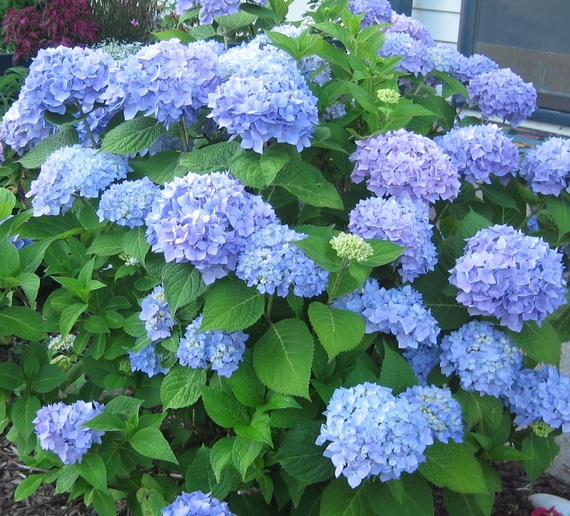
- Panicle Hydrangea: This hydrangea is known for its tall, airy flower clusters. It is a good choice for gardens that get full sun.
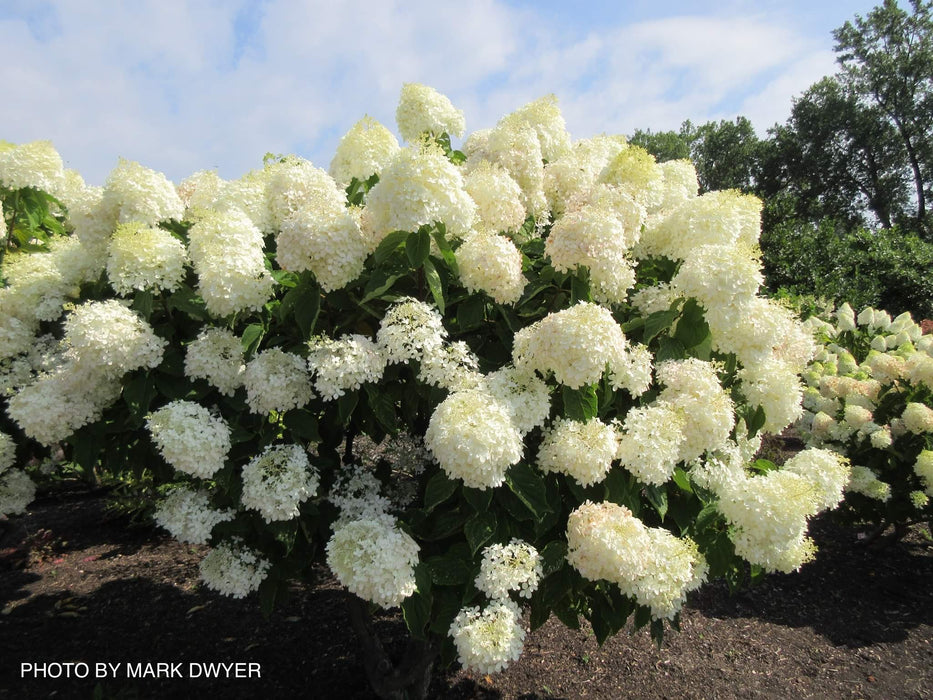
- Smooth Hydrangea: This hydrangea is known for its delicate, lace-like flowers. It is a good choice for gardens that get partial shade.

I hope this information helps you find the best hydrangea for your needs. Be sure to visit for more information and to see their full selection of hydrangeas.
FAQ of best hydrangea
Here are the 5 most frequently asked questions about hydrangeas, along with valuable insights and solutions:
- What is the best hydrangea for my climate?
The best hydrangea for your climate will depend on the hardiness zone you live in. Hydrangeas are hardy in zones 3-9, but some varieties are more cold-tolerant than others. If you live in a cold climate, you will want to choose a variety that is hardy to zone 3 or 4. If you live in a warm climate, you can choose a variety that is hardy to zone 9.
- How do I care for hydrangeas?
Hydrangeas need moist, well-drained soil and dappled shade. They should be watered regularly, especially during hot, dry weather. Hydrangeas also need to be fertilized in the spring with a balanced fertilizer. In the fall, you can add a layer of mulch around the base of the plant to help protect it from the cold.
- How do I get my hydrangeas to bloom?
Hydrangeas bloom on old wood, so it is important to prune them in the late winter or early spring. When you prune, remove any dead, diseased, or damaged branches. You can also thin out the plant by removing some of the oldest branches. Hydrangeas will also bloom better if they are fertilized in the spring.
- What are the different types of hydrangeas?
There are many different types of hydrangeas, but the most common are:
* Bigleaf hydrangea (Hydrangea macrophylla): This type of hydrangea has large, colorful blooms. The color of the blooms can be affected by the acidity of the soil. In alkaline soil, the blooms will be blue. In acidic soil, the blooms will be pink or purple.
* Oakleaf hydrangea (Hydrangea quercifolia): This type of hydrangea has leaves that resemble oak leaves. The blooms are smaller than those of bigleaf hydrangeas, but they are still very attractive.
* Smooth hydrangea (Hydrangea arborescens): This type of hydrangea is hardy in colder climates than bigleaf or oakleaf hydrangeas. The blooms are smaller and whiter than those of other types of hydrangeas.
- How do I deadhead hydrangeas?
Deadheading hydrangeas is important to encourage new blooms. To deadhead hydrangeas, simply remove the spent blooms. You can do this by hand or with a pair of scissors. If you deadhead hydrangeas in the summer, you may encourage a second bloom in the fall.
Image of best hydrangea
5 different images of "best hydrangea" from Pinterest:
- A large, white hydrangea in full bloom. The flowers are arranged in large, rounded clusters and are surrounded by dark green leaves. The hydrangea is planted in a garden bed and is surrounded by other flowers.
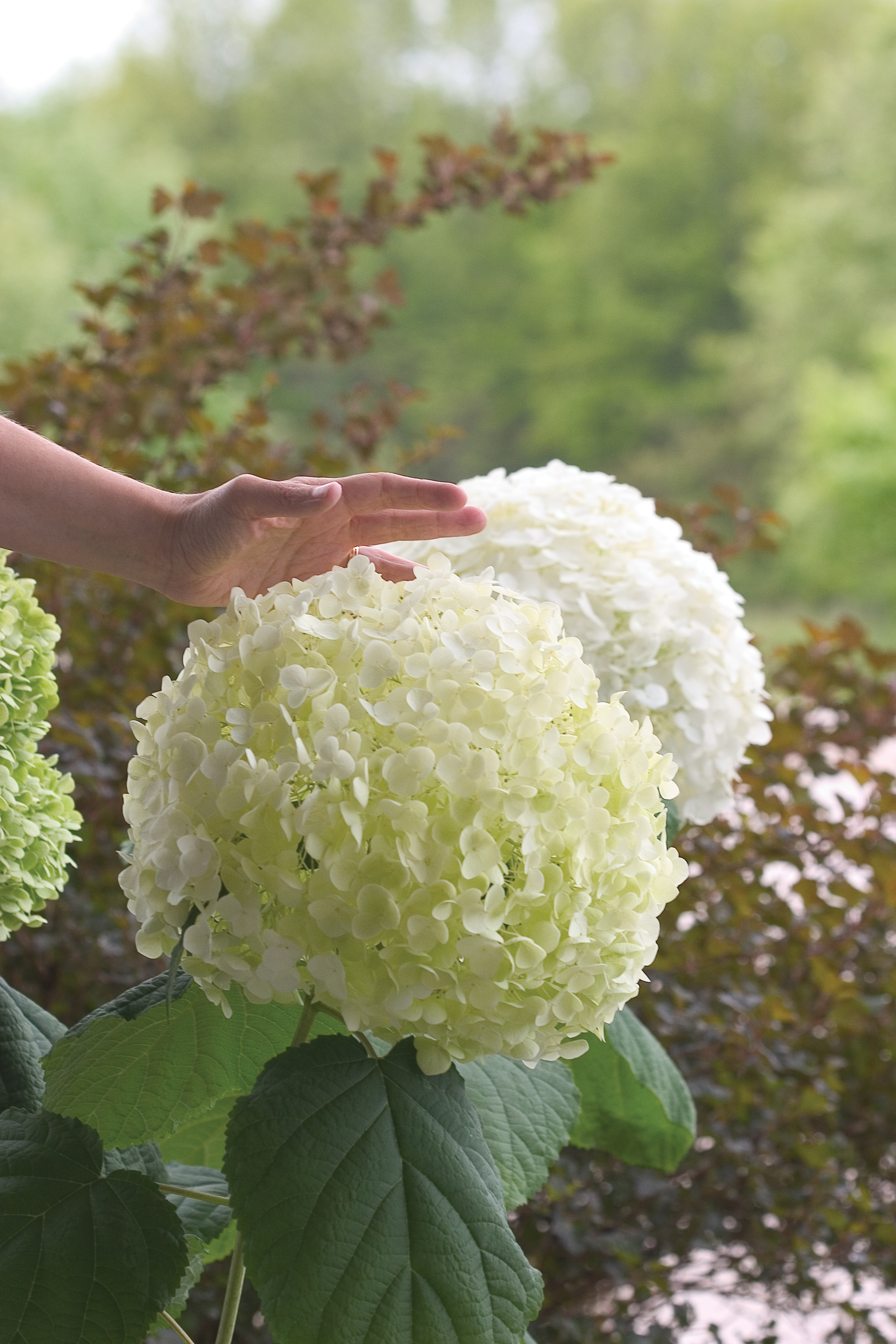
- A pink hydrangea with blue highlights. The flowers are a light pink color with blue streaks running through them. The hydrangea is planted in a pot on a patio and is surrounded by other plants.

- A mophead hydrangea in a shade of blue. The flowers are a deep blue color and are arranged in large, rounded clusters. The hydrangea is planted in a garden bed and is surrounded by other flowers.
- A panicle hydrangea in a shade of pink. The flowers are a light pink color and are arranged in tall, cone-shaped clusters. The hydrangea is planted in a garden bed and is surrounded by other flowers.
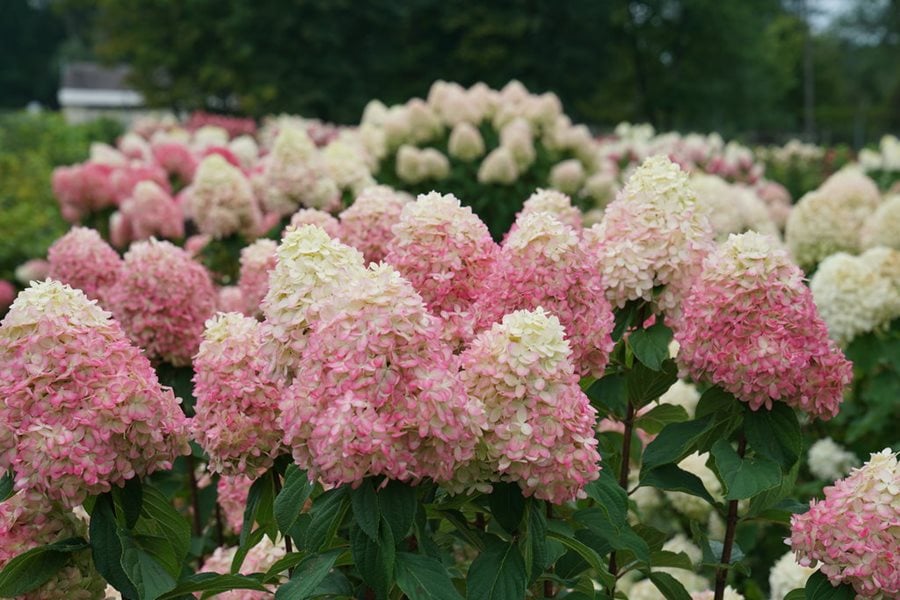
- A lacecap hydrangea in a shade of white. The flowers are a light white color with a lacy appearance. The hydrangea is planted in a garden bed and is surrounded by other flowers.
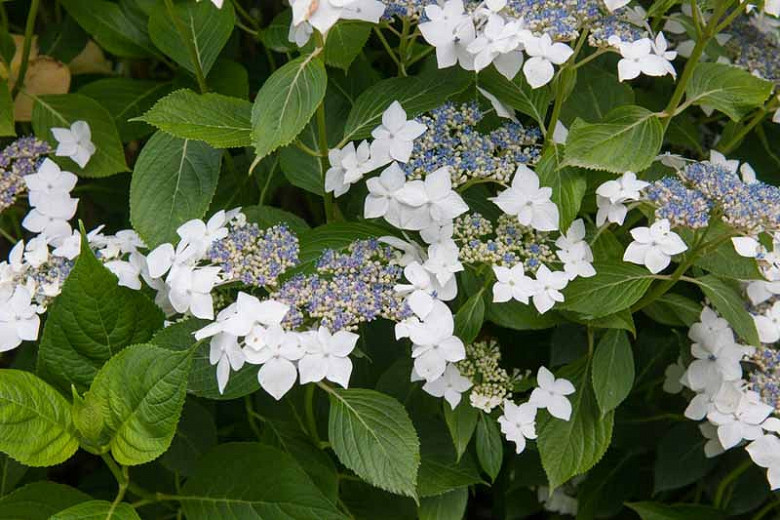
Post a Comment for "The Best Hydrangea Of :"